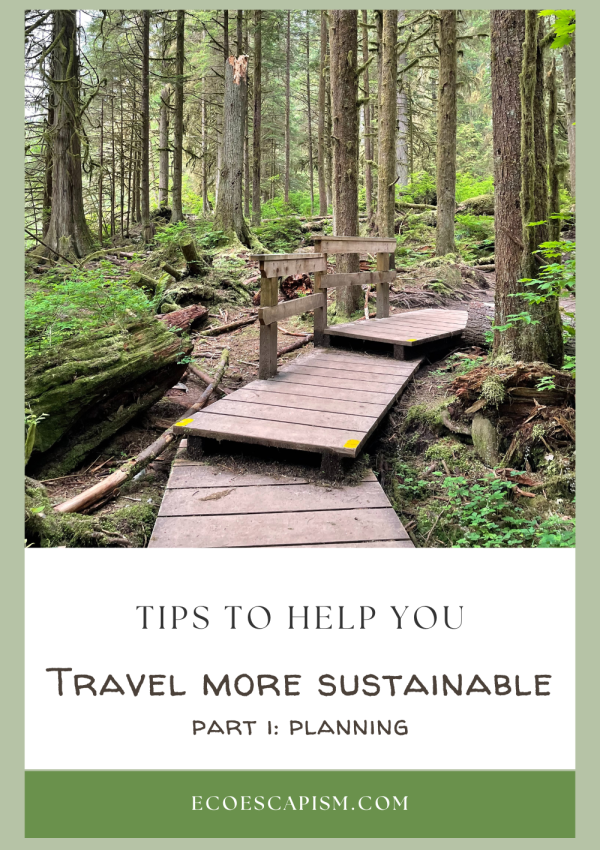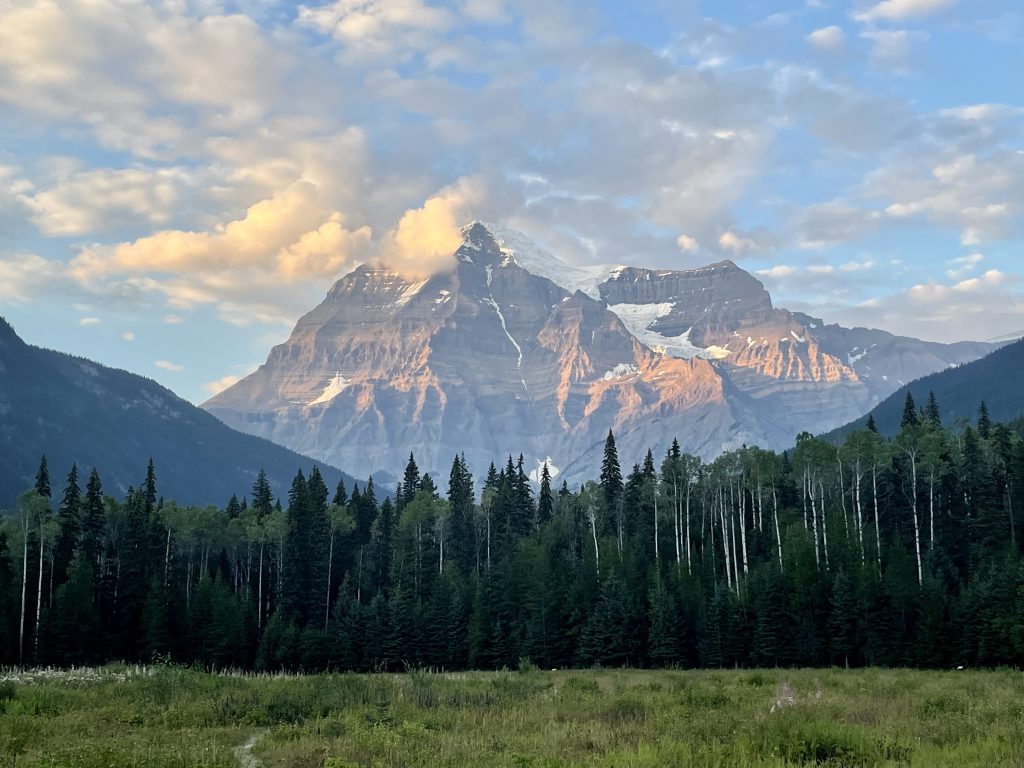If you are looking for something luxurious or are a low-budget traveller, if you are going on a city trip or winding down on the country side – slow travel is possible for any budget and type of trip! Having its roots from the need for more individualism, slow travel is becoming a huge trend. In today’s world, our everyday life is becoming more complex and faster. Breaks to stop and slow down is becoming more important than ever. Slow travel is about perceiving experiences differently, slowing down and enjoying them intensively. This type of travel focuses on a more conscious way of experiencing rather than emphasising sightseeing. Your advantages:
- Travel in general is more relaxing – you avoid crowds!
- It is more respectful of the environment.
- You spend less money.
- You experience the many impressions much more consciously and get to know a country differently. When you travel slower, you see much more of the country – for example from the train or from the bicycle.
- You support the locals, for example by spending a week in a homestay instead of a hotel and immerse yourself in local life through local activities.
- You create memories that will last forever – in your heart, not in photos.
Origins of slow travel
It all started in the 1980s with the slow food movement in Italy as a protest against a McDonalds branch. Here, the focus is on regional products and traditional cuisine. Slow Food refers to the conscious preparation and enjoyment of food and thus represents much more than a mere food intake. The focus of slow travel is the connection to the vacation destination, the locals and the culture. Travellers should consciously immerse themselves in regional life.
Slow travel against mass tourism
Package tours or cruises don’t let you rest because of the set schedules – the clock is constantly ticking away in the back of your mind. Getting up in time to grab breakfast, quickly running to the pool to reserve a sun lounger by laying out a towel, tickig off your sightseeing list – the list of daily must-do’s is long! Normally there is no contact with locals. Tourist beaches and hotel complexes do not give us an authentic insight into the vacation country. Deserted places or bays are not visited during package tours. Those who travel independently and slowly determine for themselves when and how long they stay in a place.
How to travel slow
Travel in the off-season and/or to destinations where there is less tourism. Make individual trips instead of package tours.
Transportation – Take a train or bus instead of flying. Even though traveling by train takes longer, it still has its advantages. You can appreciate the surroundings and get a look of the actual country. You are more flexible of changing plans and can travel off the path to see places less visited. Use public transportation instead of cabs. The cost factor of cabs is significantly higher than public transportation.
Length of stay – Take your time for your trip! The longer you stay in a place, the less money you need. Among other things, you have less transportation costs and can get better deals on your accommodation. Leave room for spontaneity and optional activities, so don’t clock through too much
Accommodation – Stay in homestays, small guesthouses or eco-lodges. The prices are much lower and you will get to know the culture of the destination country better. For example, have you heard of agriturismo? On this website you can find your authentic Italian farm stay!
Local interaction – Locals are happy to speak with you in their language. You don’t have to know the language perfectly. However, you should know the most important words like “please”, “thank you” and other everyday phrases. Approach people with interest, appreciation and respect. Search for interactive experiences like a cooking class. When I was in Venice, I did a mask painting class where the instructor told me all about this tradition while I created my own Venetian mask! You will remember these experiences forever!
Restaurants – Restaurants in tourist areas are usually very expensive. Smaller, locally run restaurants are less expensive and you will get to know the regional cuisine.
Consider the journey as important as the destination and savor the small moments!
Inspiration
If you need some ideas for your next slow travel trip, check out my 10 days Interrail trip through Northern France.




